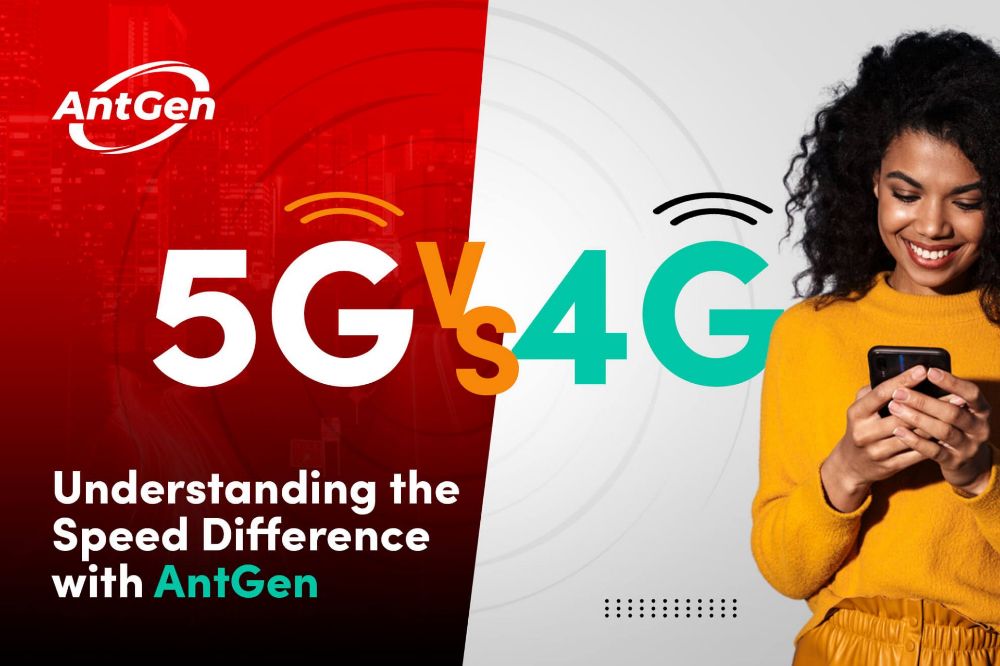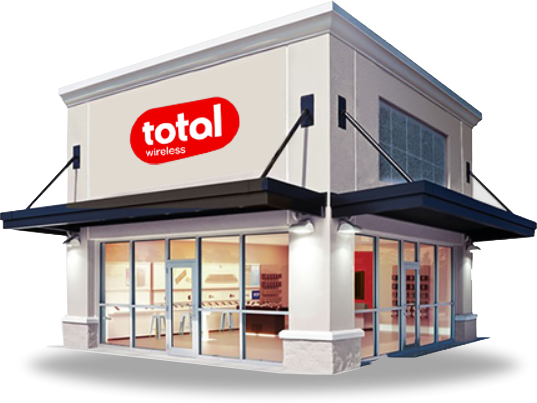
Ever find yourself staring at your phone, waiting for a webpage to load, sending an SMS, and wondering, "Why is it taking so much time to load?"
Well, we've all faced this problem! Agree?
The main reason is the networking speed.
But now, we have come a long way in wireless technology.
From the early days of 2G network connectivity, we now have a 5G connection.
Isn't it amazing? Obviously YES!
Those days are gone when we had to look at the spiral loading for the long run. At that time, we could barely send a text message without waiting, but with the lightning-fast speed of a 4G connection, the whole game changed. Streaming videos and downloading files have become left-hand work. But the game doesn't end here.
The newly launched 5G internet connection also arrived with a new level of speed in the market. And it revolutionizes how we live, work, and play. Even all work is done in the blink of an eye! But now the question arises:
- What are 4G & 5G?
- What exactly sets 5G apart from its predecessor, 4G?
- What are the disadvantages of 5G over 4G?
This blog will reveal the answer to these questions as we delve deep into wireless technology and uncover the secrets behind the speed difference between 5G and 4G.
So, read on to learn everything you ever wanted about 5G versus 4G with AntGen!
What Are 4G & 5G?
4G is a mobile network known as the 4th Generation – a technology from the 2010s designed to enjoy faster and easier internet connection on your phone, tablet, or laptop.
At the time of 4G connectivity, we saw the introduction of LTE (Long Term Evolution) as the global standard for wireless internet. This is responsible for the alternative 4G wireless connection versions, like 4G LTE & 4G LTE-Advanced.
- 4G LTE offers Mbps download speeds - 150Mbps (Theoretical max)
- 4G LTE-Advanced can reach download speeds of up to 42Mbps - 300Mbps (Theoretical max)
But wait, there's more!
Keep reading to know more about 5G.
Nowadays, 5G has arrived, and it has replaced 4G. With the 4G connection, new possibilities in mobile communication are opened.
Meanwhile, the 5G will go beyond the mobile realm and be used for the IoT (the Internet of Things) while supporting countless other unknown technologies.
In today's world, 5G wireless networks will take broadband and mobile communication to the next level. Imagine more immersive experiences with technologies like Augmented Reality (AR) and Virtual Reality (VR).
Note: The possibilities of 5G are endless!
4G Vs. 5G
Well, after understanding what exactly 4G & 5G are. It becomes easier for you to understand the difference between them. But here, we're not separating both to differentiate; we'll differentiate both based on a few factors, such as speed, latency, and many others.
1. Speed
No doubt, the speed of 5G is more than the speed of a 4G network. But some can ask, how extremely fast? You also want to know about the basic difference between both 4G & 5G networks.
- The 4G network has a max speed of 100Mbps with a real-time speed of 34Mbps.
- Whereas in the 5G network, the max speed is 20Gbps with a real-time speed of 50Mbps – 3Gbps
The 5G network connection offers better capacity than 4G, thus making extra space for extra users to use their devices with ultra-fast internet speed.
2. Frequency
Modern communication and navigation systems rely on radio waves, utilizing bandwidth frequencies ranging from tens of kilohertz to 300 gigahertz.
The radio waves' bandwidth determines a network's distance & speed. For example, low-frequency networks can cover longer distances but have slower speeds, and vice versa. As a result, each new Generation of mobile networks brings changes to the frequency bands and operation modes. 4G networks utilize frequency bands and spectrum in gaps such as 600 MHz, 700 MHz, 1.7/2.1 GHz, 2.3 GHz, and 2.5 GHz. In 4G, the FDD LTE and TDD LTE frequency bands are allocated to primary and secondary users.
Cellular network providers utilize the FDD LTE bands, while the TDD LTE bands are employed by ISPs or closed network providers. As for 5G, it predominantly operates within the 25-39 GHz frequency band, forming one of the four total frequency bands available.
- Low Band
The Low-band (600-850 MHz) is slightly better than 4G networks; consequently, most countries choose not to use low-band frequencies.
- Mid-range Band
The mid-range frequency band (2.5-3.7 GHz) provides a limited coverage range, requiring more towers for optimal coverage. Nonetheless, it boasts faster download speeds compared to the top download rate of 4G networks. Also, mid-band frequency 5G coverage is well-suited for densely populated rural and moderately populated urban areas.
- C-band
The C-band frequency range, which spans from 4GHz to 8GHz, is a radio spectrum utilized by telecommunications industries to improve the performance and coverage of the 5G wireless network.
- Millimeter-wave band
Simultaneously, the high-band frequency range of 25-39 GHz, commonly called millimeter-wave, is anticipated to achieve speeds of up to 20Gbps (presently being tested at 3Gbps). The 5G network is expected to deliver 20Gbps speed at its highest frequency band, whereas the top downloading speed of the 4G network is only 35Mbps.
3. Latency
In simple terms, latency refers to the amount of time it takes for a requirement to go from a client to a server and then back to the client from the server. Generally, the greater the distance, the higher the latency experienced. The 4G network exhibits higher latency when compared to 5G. This suggests that 5G-enabled devices offer superior responsiveness for concurrent video calling and gaming tasks, improving video quality.
Overall, lower latency translates to better performance. Therefore, envision a 5G network with a mere 1ms latency – this would be truly remarkable, enabling support for intricate systems such as autonomous vehicles and large-scale industrial operations.
What Are the Disadvantages of 5G Over 4G?
Yes, it's 100% true that the speed of a 5G network is higher than that of 4G. But we can't neglect the disadvantage of the 5G network as well. This 5G network exists only in limited states, especially big cities. Therefore, we all can take the benefit from it. But yes, it will soon be launched all over the globe.
Also, as per the expert point-of-view, the 5G global coverage would take several years, but on the other hand, 4G already spans 85% of the population.
A 5G connection is also estimated to have a weaker file upload speed. Moreover, several experts believe that the 5G spectrum can interfere with flight operations. Indeed, 5G is already infamous for inflicting mobile battery damage.
Get Help from Experts for More Guidance!

So, the 5G network will rock the market in the near future. Because of its unique capabilities, it is highly in demand, especially in the US market. With Total Wireless's 5G prepaid wireless service leading the charge and AntGen as the trusted Total Wireless Master Agent, our expertise and reputation for providing top-notch guidance stands unrivaled. We're here if you want to know more about 4G or 5G connection, and if you're planning to launch a Total Wireless store in the US market, count us in. All you need is to give your idea, and your work is done.
So, why hesitate? When you have such an opportunity on your hands.
Reach out to us today, and let's turn your vision into reality.
With Total Wireless and AntGen by your side, success is just a WhatsApp message away!
Frequently Asked Questions
1. Define 4G and 5G networks in simple terms.
They both are the most advanced and latest mobile network technology of different generations. The 4th Generation network offers faster speed compared to its predecessors, 2G and 3G. But if we talk about 5G, then it is faster than 4G.
2. Does Total Wireless offer 5G internet service?
Yes, it offers. In order to know more about Total Wireless plans, you can visit the Total Wireless website.
3. Who can help me in initiating my journey as Total Wireless's 5G prepaid wireless service provider?
Experts like AntGen can assist you with this. We're the master agents who can help you become a Total Wireless dealer. Just scan the QR on our website to send a message on WhatsApp and see how supportive our team is.





